The Peony Society posted in the group Species Peonies International Network (SPIN)
The new database of SPIN plants is ready I think. I’ve been adding the plants in the old list to the new one, although there’s no real automatic way to do that and I have to do this manually. It may take a little more time to add the last ones of them. But in ways of functionality I think it is more or less finished. I would appreciate any…Read More
khurtekant posted in the group Species Peonies International Network (SPIN)
Close to flowering: Paeonia kesrouanensis.
4 CommentsI don’t think kesrouanensis and turcica are the same. P. turcica will show reddish or rather dark foliage upon emerging, whereas P. kesrouanensis is green from the onset. P. kesrouanensis is also a rather pale pink flower colour, whereas P. turcica is most often reddish, the few pink exceptions notwithstanding of course. P. kesrouanensis flowers…Read More
Showing the plant from the side, you can see how small it is when it flowers here. Images I’ve seen from Syria also show it flowering before full development, but at least in a more advanced state. I believe the much higher altitude and thus lower ambient temperatures prevailing there are the cause of that.
Thank you for your experiences with a scientific character – it’s fun to read. I am also looking forward a little more to my little P. turcica , which I still have to create a well-drained planting place in partial shade – whether it wants slightly acidic soil because it is a forest dweller (as some pictures of the natural habitat show) . But…Read More
The Peony Society posted in the group Species Peonies International Network (SPIN)
Working on a better way to make a seed exchange possible. Should be as automated as possible because I only have a limited amount of time available to give attention to it and it’s clear I didn’t do that enough. You may notice some changes here in the SPIN group as I try to optimize it. The list with plants and members that was created is still…Read More
khurtekant posted in the group Species Peonies International Network (SPIN)
For Uwe @manolito some images of roots of P. macrophylla. From North Eastern Turkey, wild plants. As you can see: carrot shaped roots, (sometimes very) long and rather slender. Images from Cemal Sandalli, Turkish scientist, working on a paper describing this species in more detail. Publication forthcoming.
khurtekant posted in the group Species Peonies International Network (SPIN)
Just a small anecdote about a rare peony species P. sterniana. Last year I lost my only small plantlet of this species, even though I tried my best giving it good growing conditions. It was a small root that I received from the Edinburgh Botanical Garden (in Scotland that is). As far as I knew they had the only true plants of this species outside…Read More
4 CommentsA good new. Unfortunalely, as you say, this species is unavailable. In its habitat in South-East Tibet (Xizang), only a few hundreds of plants grow. However if seeds where distributed to growers with the aim to preserve the species, this beautiful peony could be seen in protected collections and maybe, why not, reintroduced in its natural habitat.
@phenix Alain, My aim is twofold here. 1. As with most peony species I grow, I’d like to hybridize them with more recent advanced hybrids. And 2. Make them available to more people. To give that the best of chances I’ve also sent some divisions and seedlings to other (more) experienced peony species growers. It’s best not to put all your eggs in…Read More
- Load More Posts



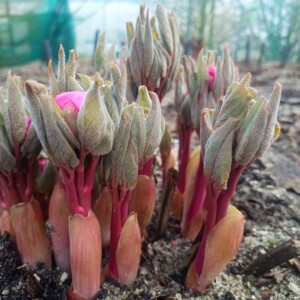
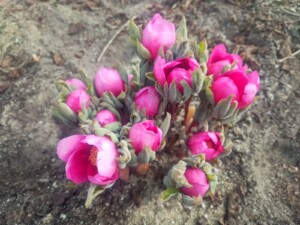
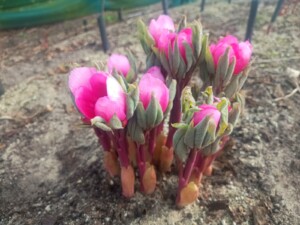

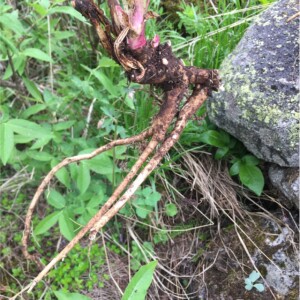

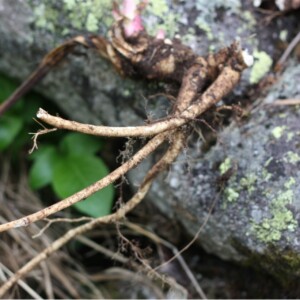
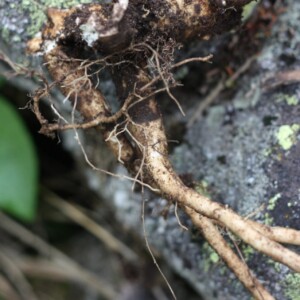
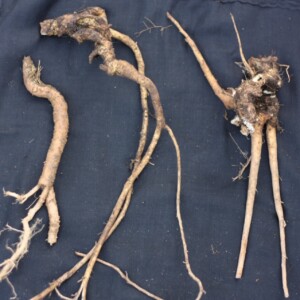

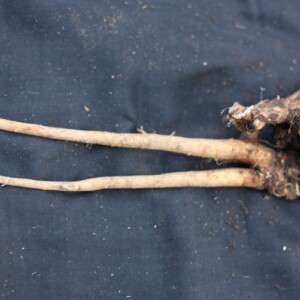



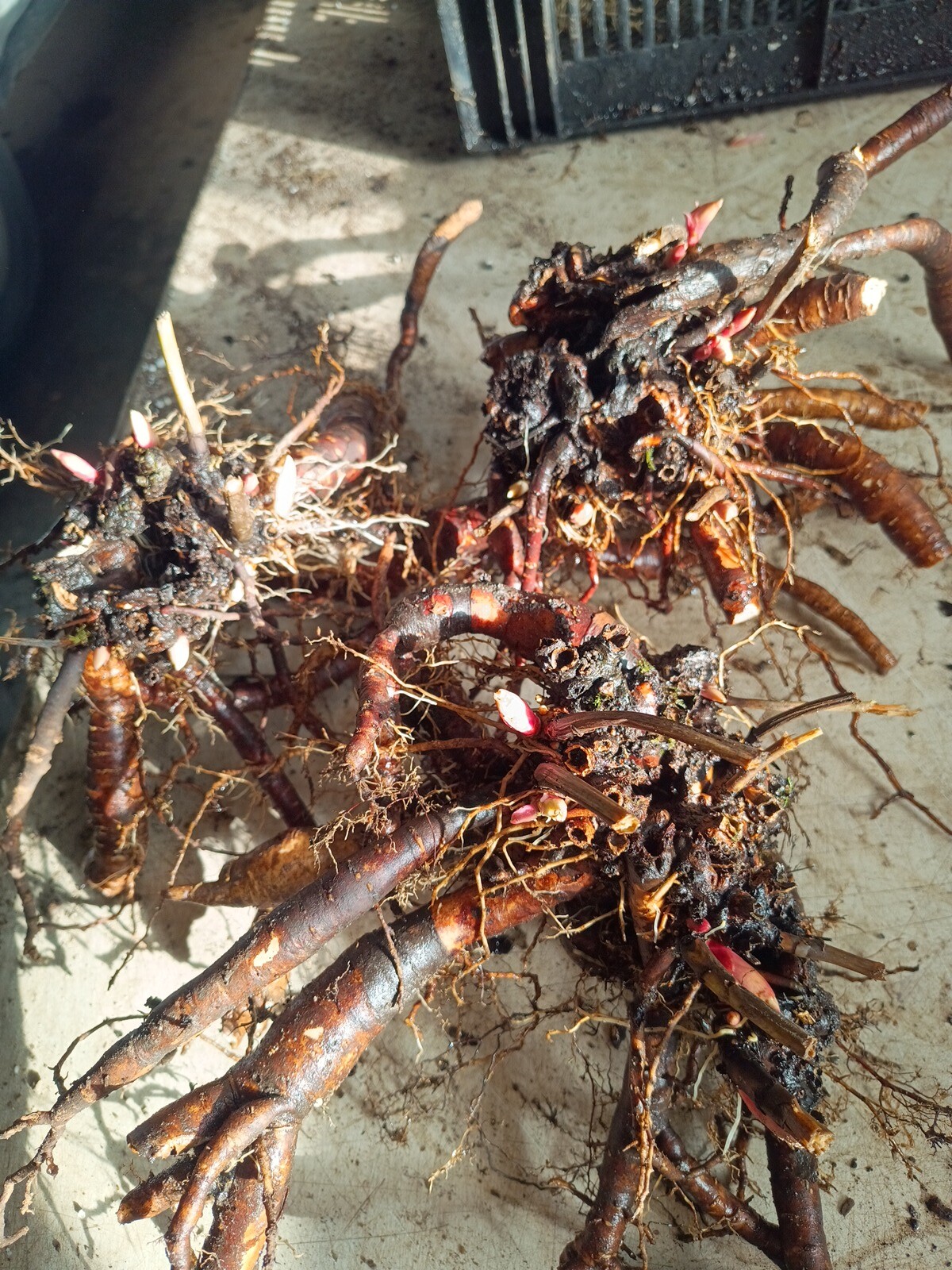

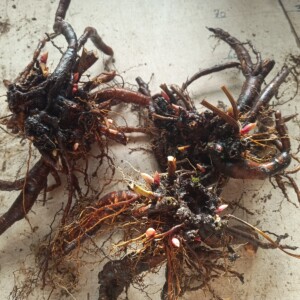
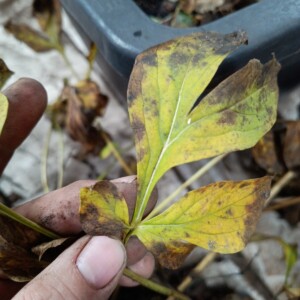
I got 2 in the fall – they are not yet ready to flower and are only just sprouting now – a young kesrouanensis Kemer syn. turcica is also there – it is also only showing tender shoots in the wind-protected cold frame.